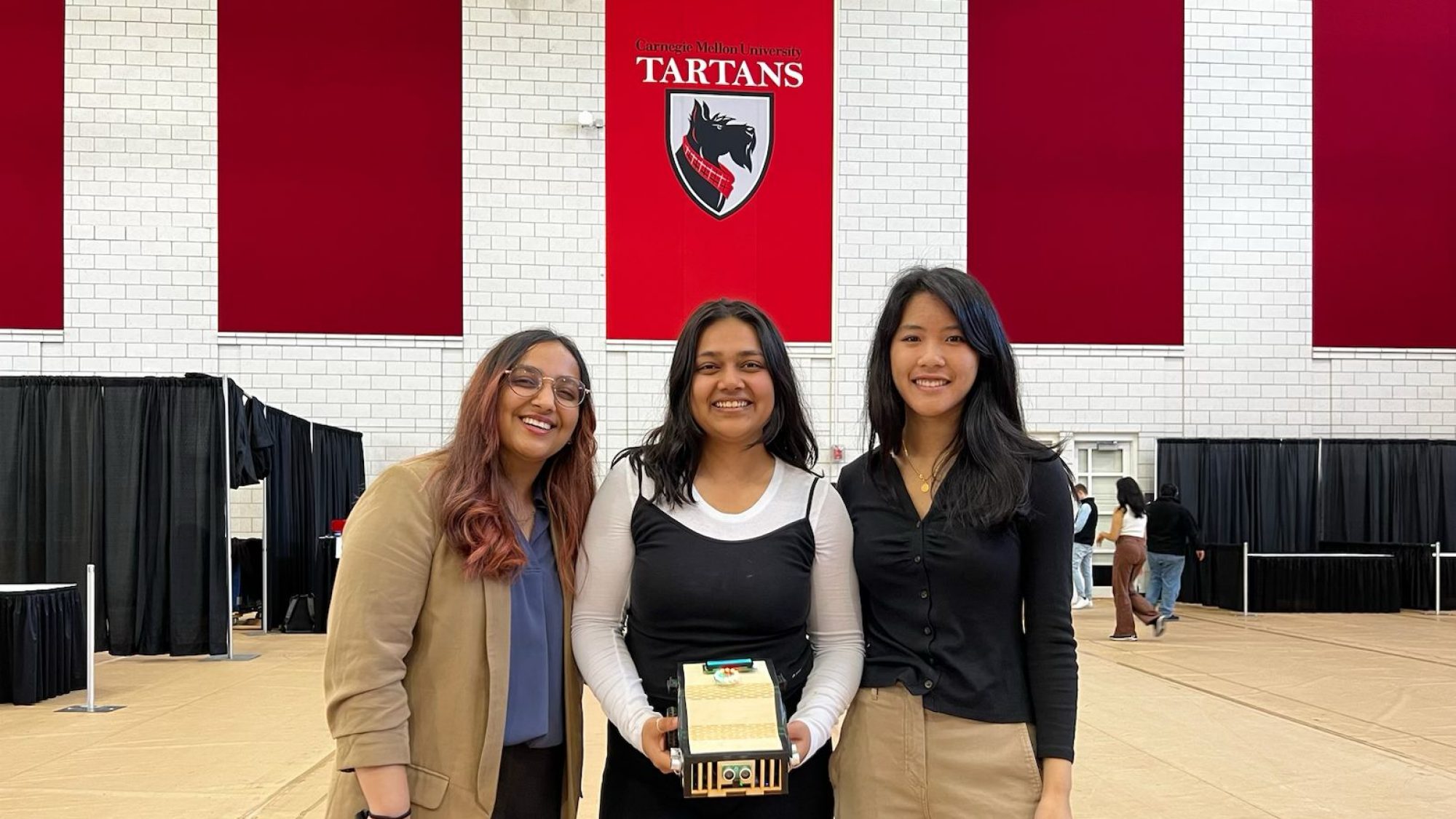This week focused on testing and verification with one scent for the interim demo in the first half and making progress to accommodate multiple scents in the second half. During the first half of the week, I worked on testing our setup on multiple surfaces to ensure that the motors could carry the load at desired speeds without locking up, and also in rooms with different ventilation to make sure that there was not too much interference with our sensor readings due to fluid dynamics. Once we found a suitable place, we focused on tuning the constants to be able to detect alcohol decently well. Unfortunately, we later realized that the sensitivity of our sensors decreases as the ambient temperature increases, which caused some issues with testing. After the demo, I worked on setting up the field for our robot to operate in. We constructed a 2m x 2m space walled using cardboard. I also set up the code to read from all different sensors after transitioning over to the Arduino Mega board. Caroline and I also worked on some preliminary testing with smoke from incense and realized that most scents cause all sensor readings to go up and it is difficult to differentiate between scents based on simple data processing. We worked on dataset generation to train and deploy a neural network on the Mega using TinyML. I helped collect data for paint thinner and isopropyl alcohol, and will be working on training the model over the weekend. Using machine learning should also help us account for the differences due to temperature variations.
So far, we have done comprehensive testing for one scent (alcohol) using our slope-based detection approach in different environments and noted the factors that influence our readings, which include airflow due to ventilation, surface texture, air flow due to movement around the test field, temperature, and sensor warm-up time. We can also do basic obstacle avoidance based on ultrasonic sensor measurements. Moving forward, we will be integrating new approaches (machine learning based) to see if we can expand the project to meet our use-case requirement of being able to differentiate between multiple scents with good accuracy. We will stick to our new field setup and will run tests in both techspark as well as the UC gym to make sure we can prepare for the final demo. We are currently meeting our budget requirements and accessibility requirements. In the coming week, I will work on collecting more data for training and preprocessing it to generate quality feature vectors. I will also work on deploying the model on the Arduino and integrating it with our motor control code.
